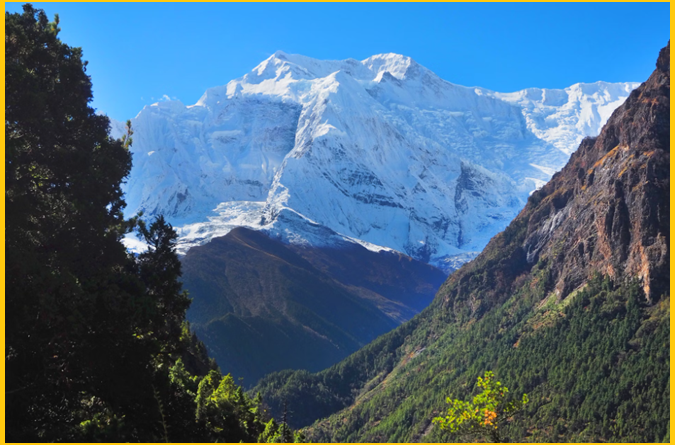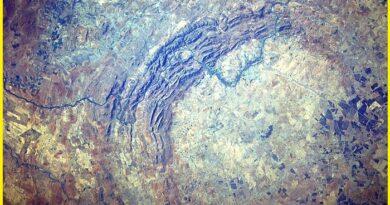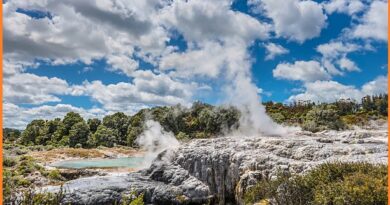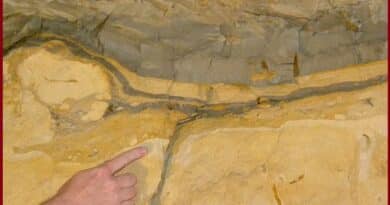Roaming the Roof of the World: Annapurna Circuit Adventure
Annapurna Circuit Trek
Annapurna Circuit Trek Best Time
The best time to undertake the Annapurna Circuit Trek is during the spring (March to May) and autumn (September to November) seasons. These periods offer the most favorable weather conditions and clear skies, making for excellent trekking experiences. Here’s a breakdown of the advantages of trekking during these seasons:
Spring (March to May)
Mild Temperatures: Spring brings warmer temperatures, especially at lower elevations, making trekking more comfortable. Blooming Rhododendrons: The hillsides come alive with colorful rhododendron blooms, adding to the scenic beauty of the trek. Clear Skies: Generally, the skies are clear, providing stunning views of the snow-capped peaks and surrounding landscapes. Moderate Crowds: While it can be a popular time to trek, it’s slightly less crowded compared to the autumn season.
Autumn (September to November)
Stable Weather: Autumn offers stable weather conditions with clear skies and minimal precipitation, ideal for trekking. Excellent Visibility: The skies are typically crystal clear, offering unobstructed views of the mountains and landscapes. Moderate Temperatures: Temperatures are moderate, neither too hot nor too cold, making it comfortable for trekking during the day and sleeping at night. Cultural Festivals: Trekking during autumn allows you to witness and possibly participate in local cultural festivals, such as Dashain and Tihar, adding cultural richness to your experience. High Season: Autumn is the peak trekking season in Nepal, so expect more trekkers on the trails and in tea houses compared to spring. Booking for accommodation may be necessary in popular areas.
Both spring and autumn are considered optimal times for the Annapurna Circuit Trek, offering favorable weather, stunning scenery, and memorable experiences. However, it’s essential to be prepared for variable weather conditions, especially at higher elevations, and to check for any travel restrictions or considerations beforehand.
3. Annapurna Circuit Trek Map
A map of a 15-day trek along Nepal’s Annapurna Circuit showing settlements and each leg of the trek. Itinerary and Annapurna Trekking Route Maps have two major famous trekking routes Annapurna Base Camp and Annapurna Circuit.
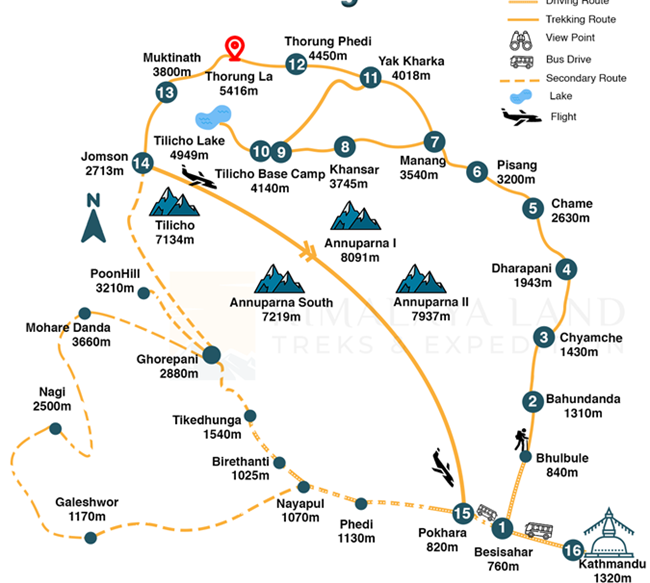
4. Annapurna Circuit Trek Itinerary
Here’s a sample itinerary for the classic Annapurna Circuit Trek, which typically takes 15-20 days to complete. This itinerary covers the entire circuit, starting from Besisahar and ending in Nayapul or Pokhara. Keep in mind that this is a general outline, and the actual itinerary may vary based on factors such as individual preferences, acclimatization needs, and side trips.
Day 1: Kathmandu to Besisahar (Drive)
- Drive from Kathmandu to Besisahar (approximately 6-7 hours).
Day 2: Besisahar to Chame
- Drive from Besisahar to Bhulbhule and start trekking.
- Trek to Chame (Altitude: 2,670m).
Day 3: Chame to Pisang
- Trek from Chame to Pisang (Altitude: 3,300m).
Day 4: Pisang to Manang
- Trek from Pisang to Manang (Altitude: 3,540m).
Day 5: Acclimatization Day in Manang
- Rest day for acclimatization in Manang. Optional short hikes around Manang for better acclimatization.
Day 6: Manang to Yak Kharka
- Trek from Manang to Yak Kharka (Altitude: 4,018m).
Day 7: Yak Kharka to Thorong Phedi
- Trek from Yak Kharka to Thorong Phedi (Altitude: 4,450m).
Day 8: Thorong Phedi to Muktinath via Thorong La Pass
- Early morning ascent to Thorong La Pass (Altitude: 5,416m).
- Descend to Muktinath (Altitude: 3,800m).
Day 9: Muktinath to Marpha
- Trek from Muktinath to Marpha (Altitude: 2,670m).
Day 10: Marpha to Kalopani
- Trek from Marpha to Kalopani (Altitude: 2,530m).
Day 11: Kalopani to Tatopani
- Trek from Kalopani to Tatopani (Altitude: 1,190m).
- Enjoy natural hot springs in Tatopani.
Day 12: Tatopani to Ghorepani
- Trek from Tatopani to Ghorepani (Altitude: 2,860m).
Day 13: Ghorepani to Poon Hill and Trek to Tadapani
- Early morning hike to Poon Hill (Altitude: 3,210m.) for sunrise views.
- Trek to Tadapani (Altitude: 2,630m).
Day 14: Tadapani to Ghandruk
- Trek from Tadapani to Ghandruk (Altitude: 1,940m).
Day 15: Ghandruk to Nayapul, Drive to Pokhara
- Trek from Ghandruk to Nayapul.
- Drive to Pokhara.
This itinerary provides a comprehensive overview of the Annapurna Circuit Trek, including key highlights such as Thorong La Pass, Muktinath, and Poon Hill.
5. Annapurna circuit Trek Package
For those looking to embark on the Annapurna Circuit Trek, various tour operators and trekking agencies in Nepal offer package options to suit different preferences and budgets. A typical Annapurna Circuit Trek package might include-
Trekking Itinerary: A well-planned itinerary covering the entire Annapurna Circuit route, including details of daily trekking distances, elevation gains, and key landmarks. Licensed Guide and Porter: Many packages include the services of an experienced trekking guide who is knowledgeable about the route, local culture, and safety protocols. Porters may also be provided to carry trekking gear, allowing trekkers to focus on enjoying the journey.
Accommodation: Accommodation along the trekking route is typically provided in teahouses or lodges. These are basic but comfortable, offering meals and lodging facilities. Some packages may offer options for upgraded accommodation in selected stops. Meals: Most packages include three meals a day during the trek (breakfast, lunch, and dinner), typically consisting of local and international dishes. Special dietary requirements can often be accommodated with prior notice.
Permits and Fees: The package usually covers the cost of necessary permits and entry fees for the Annapurna Conservation Area and any other restricted areas along the route. Transportation: Transportation to and from the starting point of the trek (usually Besisahar) and back from the endpoint (usually Nayapul or Pokhara) may be included in the package.
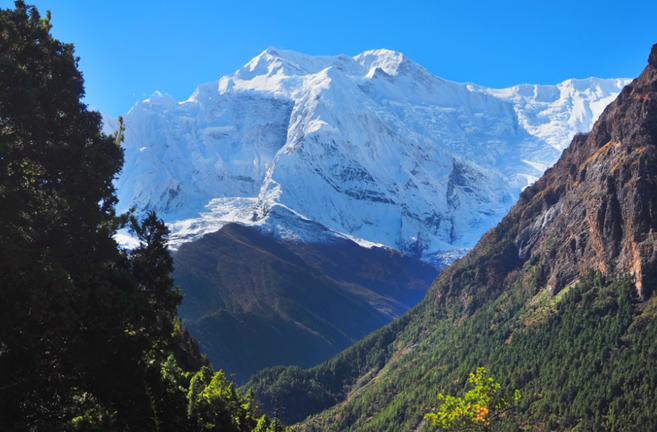
Equipment Rental: Some packages may include the rental of essential trekking gear such as sleeping bags, trekking poles, and down jackets. Safety Equipment and Emergency Support: Trekking agencies often provide safety equipment such as first aid kits, oxygen cylinders, and emergency communication devices. They also offer support in case of emergencies or medical issues during the trek.
